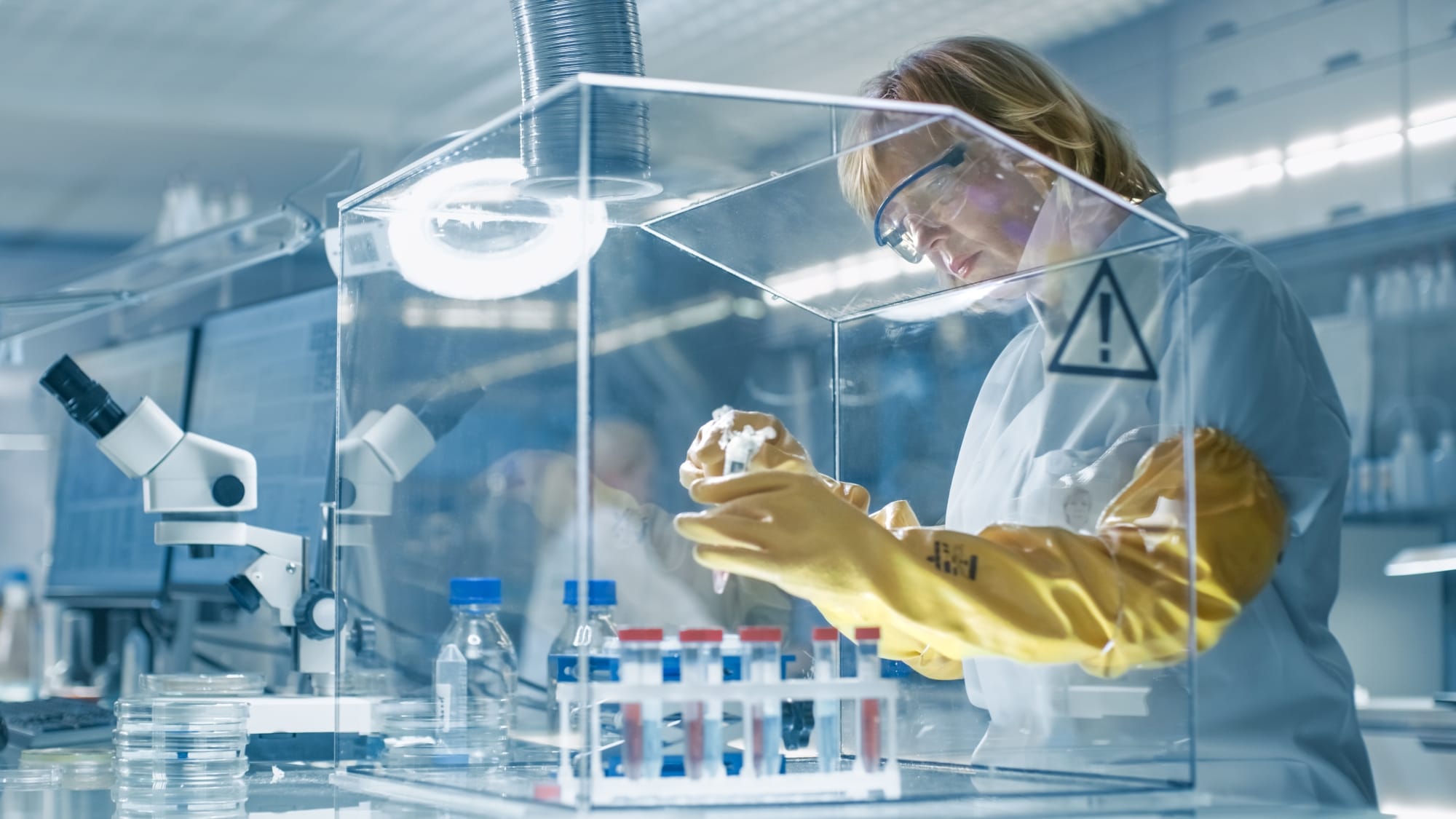At a glance
CDC develops and performs unique laboratory tests to assess chemical exposure in humans during a public health emergency or terrorist event. After an exposure occurs, the laboratory works to improve the detection of chemical exposures by identifying the chemical used, measuring levels of exposure in humans, and preventing further exposure. By measuring substances or their biomarkers in human specimens, such as urine, blood, or serum, public health officials and scientists may be able to identify unusual or potentially harmful exposures that may cause disease or increase disease risk.

Overview
CDC's laboratory methods are intended to evaluate population exposures and to support states in situations considered a public health concern. CDC does not provide individual health care or assessment unless as part of a broader public health investigation requested by federal or state agencies, such as a health department.
Detecting levels of an environmental chemical in a person's blood or urine does not necessarily mean the chemical will cause adverse health effects or disease. Advances in analytical methods enable CDC to measure very low levels of environmental chemicals in people, but additional research studies are needed to determine if specific levels cause adverse health effects or disease. Consulting a clinician with a toxicological background to assist with the interpretation of results is recommended.
Samples to be tested should be processed through a state health department laboratory, and should conform to the laboratory's reporting procedures. These laboratory methods often require that the sample be collected by a particular method or sometimes with particular pre-screened collection devices to minimize external contamination. Following the correct sample collection protocol is necessary for accurate sample measurement. Please contact the laboratory that will be analyzing the sample to learn the sample collection instructions before collecting the samples.
For additional information regarding available laboratory methods, contact us at DLSLab@cdc.gov.
Methods
Examples of available laboratory tests for clinical use are shown below. They list the most common names for these chemicals, and their Chemical Abstracts Service (CAS) Registry Numbers. Many of the chemicals, however, go by alternative names. To ensure each is the intended chemical, please visit the National Library of Medicine ChemID database website and enter the chemical's CAS Number. The page displayed after this search will include the chemical's structure, and alternative names.
The common use of all methods listed is for confirming human exposure, with the exception of the industrial chemicals chlorine and tricresylphosphate.
